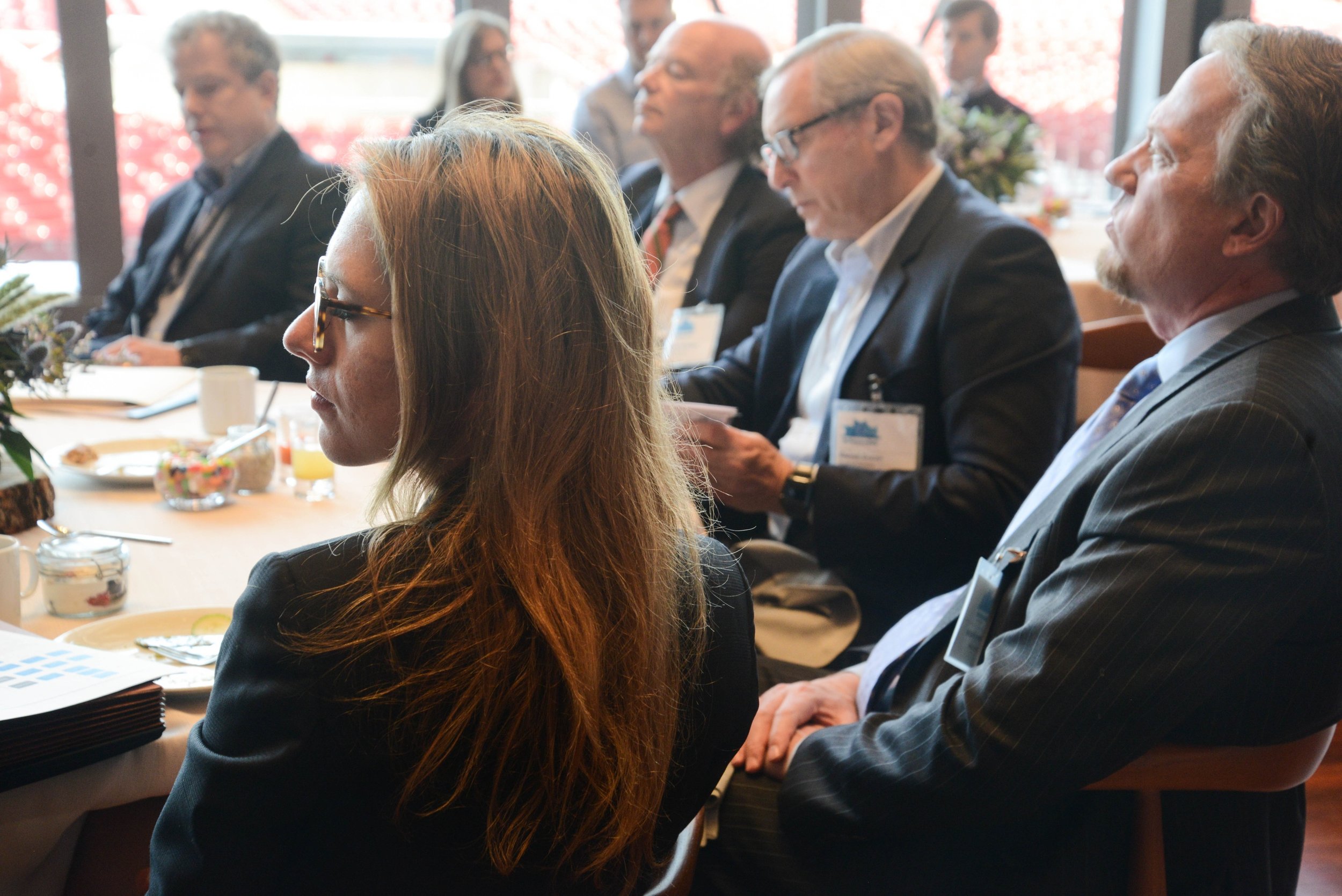
Our History

Long before Millennium Park existed, the land was part of a grand civic vision. In 1836, the Illinois and Michigan Canal commissioners marked the shoreline “a common to remain forever open, clear and free of any buildings,” establishing a legal foundation that ensured the lakefront would remain accessible to all.
Grant Park served as the city’s primary recreational space since it was officially designated parkland in 1844. Grounded in early 19th-century legal principles, the land along the lakefront was protected by restrictions prohibiting private development, reinforcing the belief that the shoreline should remain “forever open, clear and free.” This ethos would guide more than a century of planning, legal battles, and civic ambition.
In 1852, however, the City of Chicago granted a substantial portion of lakefront land to the Illinois Central Railroad (ICR) in exchange for the construction of a protective breakwater in Lake Michigan. While this helped safeguard the shoreline, it also introduced a major obstacle: a dense network of railroad tracks and railyards that severed the park from the water’s edge. These tracks ran for decades between the city’s growing Loop district and its lakefront, occupying land originally intended to be open green space. Over the following decades, landfill from the Great Chicago Fire (1871) and subsequent efforts transformed marsh and shallow lake into expanded parkland—but the promise of public space endured.
In 1909, urban planner Daniel Burnham released his seminal Plan of Chicago, envisioning Grant Park as the city’s “front yard” and a cultural anchor for all of Chicago. His plan sought to unite beauty, utility, and access—calling for an expansive lakefront green space connected by boulevards, civic buildings, and waterfront promenades. Burnham proposed an ambitious expansion, linking Grant Park to Jackson Park with sweeping green corridors, piers, lagoons, peninsulas, and islands stretching along the shoreline. However, because the City no longer controlled certain parcels—particularly the railroad-occupied northwest corner—Burnham’s ideal plan was modified to accommodate the tracks.
Even so, the broader park continued to evolve, gaining museums, gardens, and civic landmarks. Yet the northwest corner remained underutilized and disconnected from the rest of the park’s vibrancy. Between 1910 and 1960, vast swaths of parkland materialized, gradually shaping the beloved public lakefront that Chicagoans cherish today.
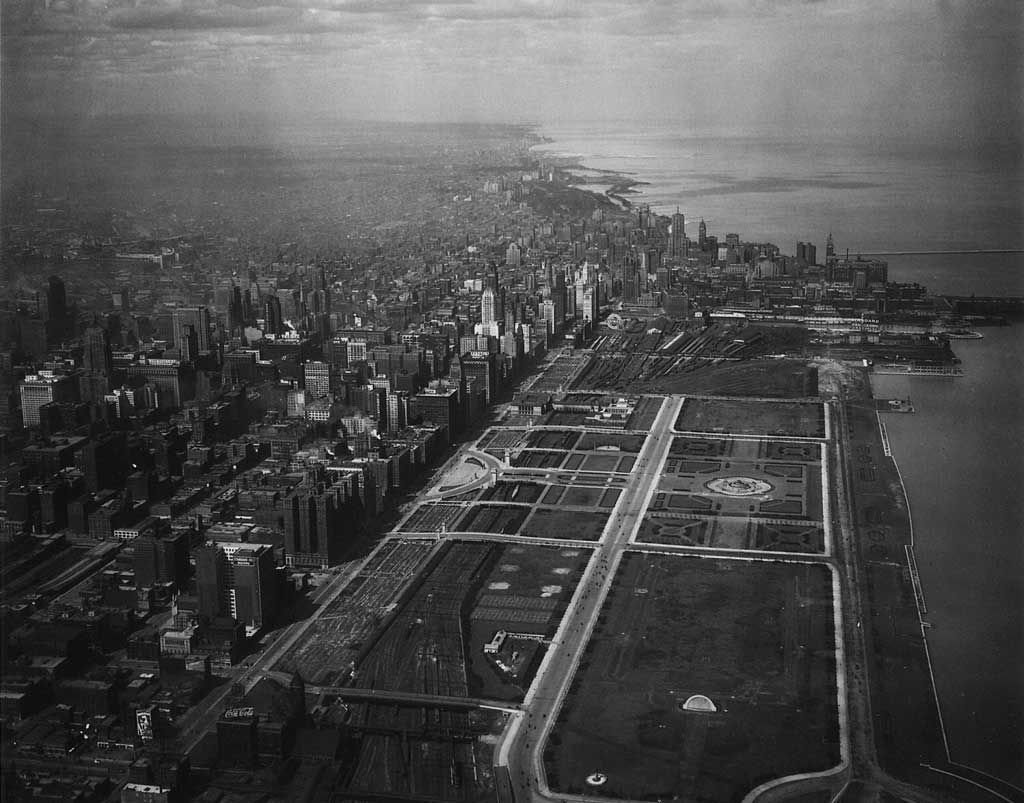

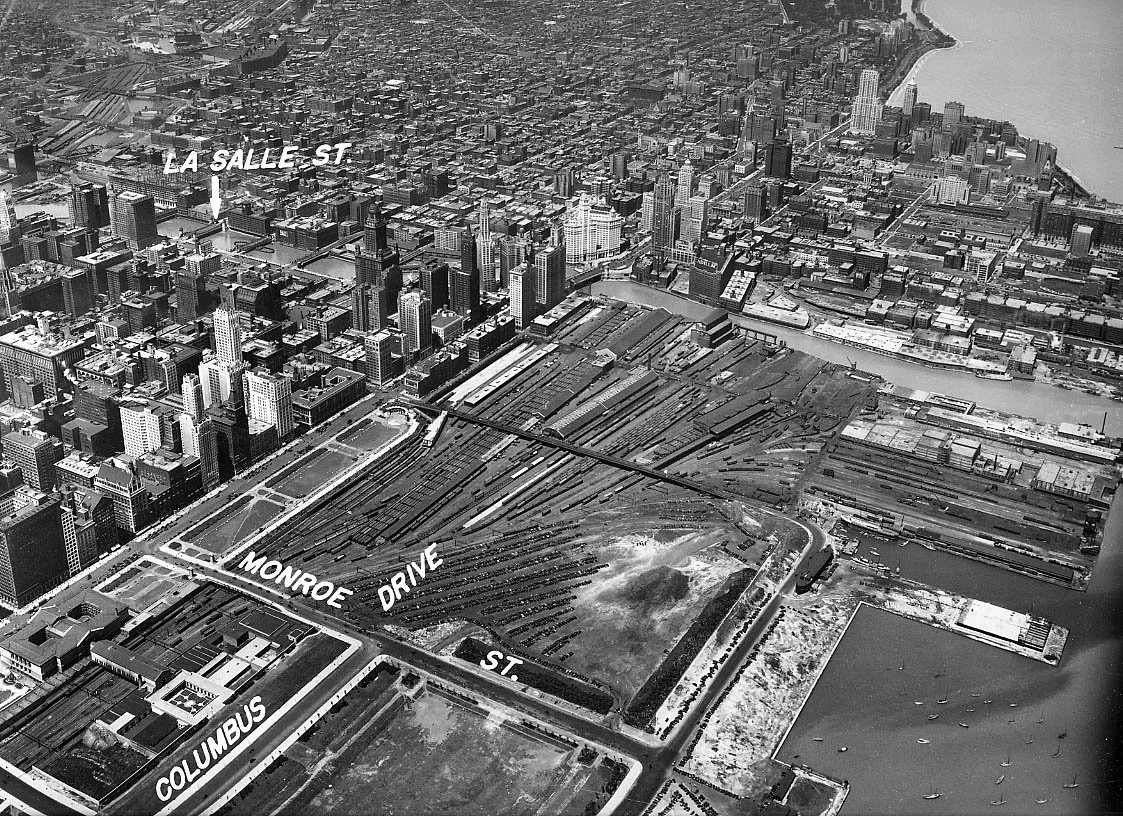




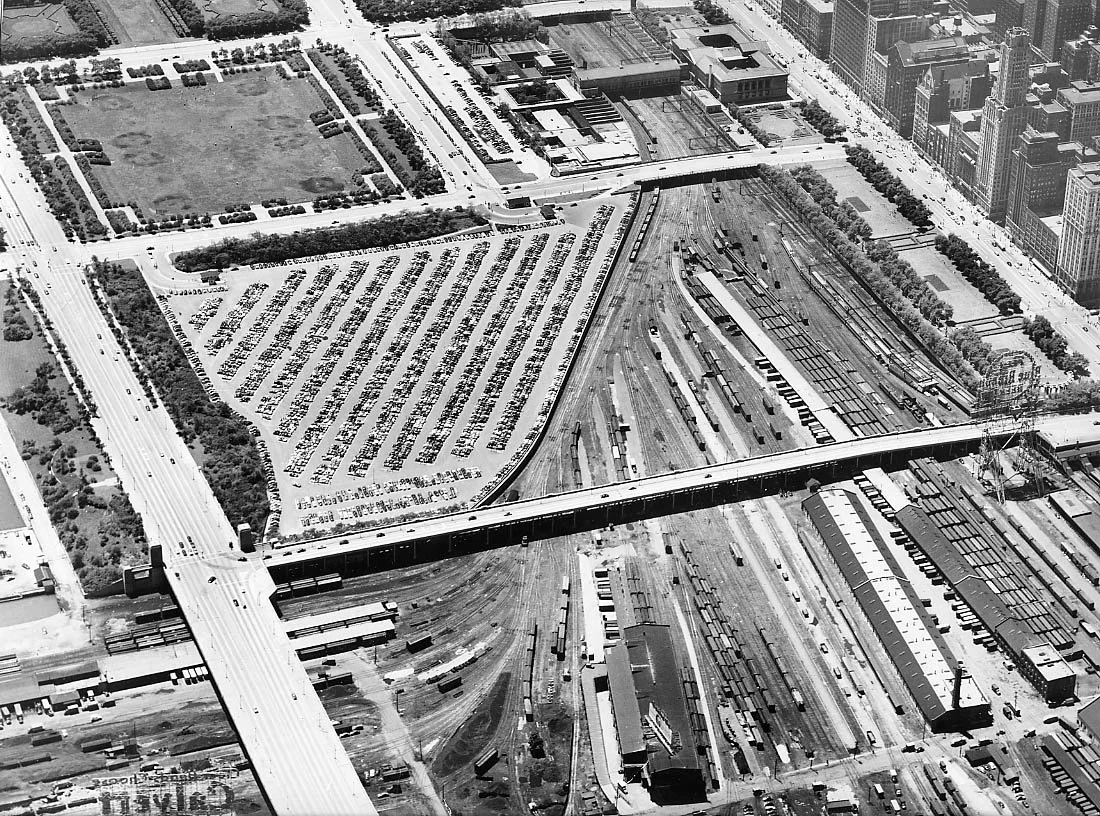

By the 1990s, the northwest corner of Grant Park had become an eyesore: a lifeless mix of rail lines and surface parking lots. For Mayor Richard M. Daley, a longtime advocate for urban beautification and green space, this patch of land was not just underused, it was a missed opportunity.
Determined to reclaim the site for public use, Daley launched an ambitious campaign to transform the space into a world-class park. In 1996, the City of Chicago filed a lawsuit against the Illinois Central Railroad to regain control of land that had ceased to serve any railroad function. A clause in the original 1852 agreement stipulated that the land be used exclusively for rail purposes, meaning the ICR was now obligated to return the property to the City. The successful legal effort cleared the way for the development of what would become Millennium Park.
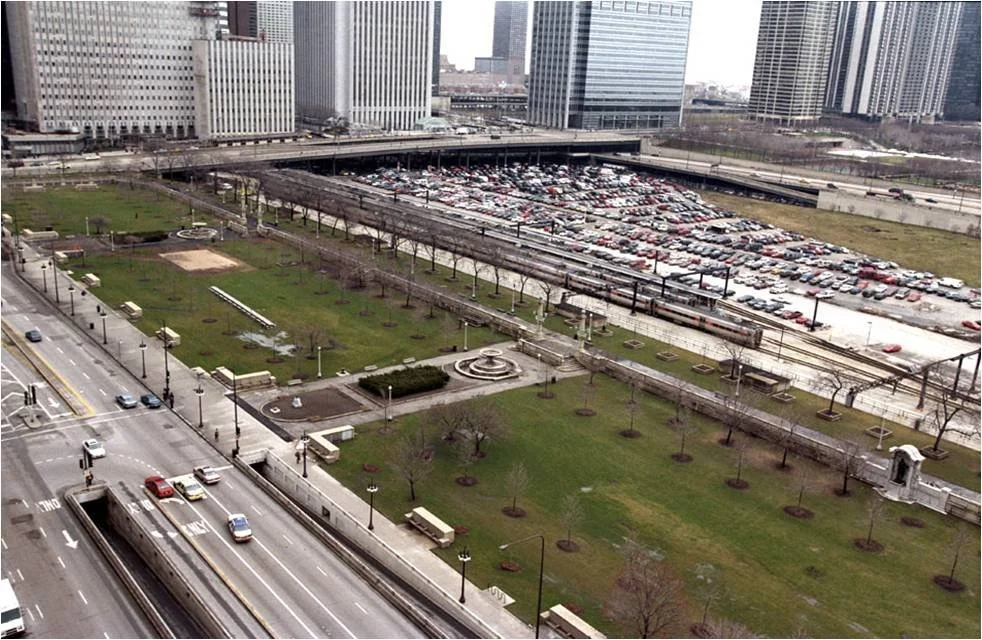
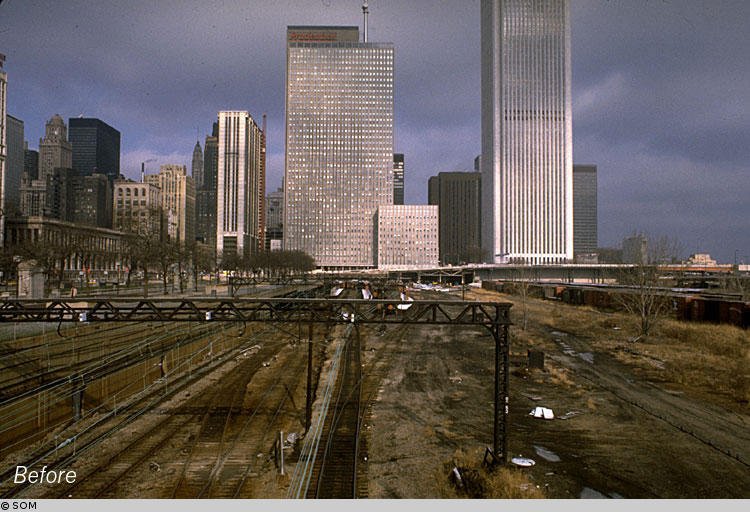


The re-acquisition of the land allowed the City to realize a bold new vision: an architecturally daring, culturally rich, and publicly accessible green space in the heart of downtown Chicago. In 1998, the Millennium Park Foundation was established as a nonprofit partner to steward and enhance the Park. With its support, and through a landmark public-private partnership, a rail yard and parking lot were transformed into a 24.5-acre civic treasure that reflects Burnham’s century-old dream—a front yard for the people.


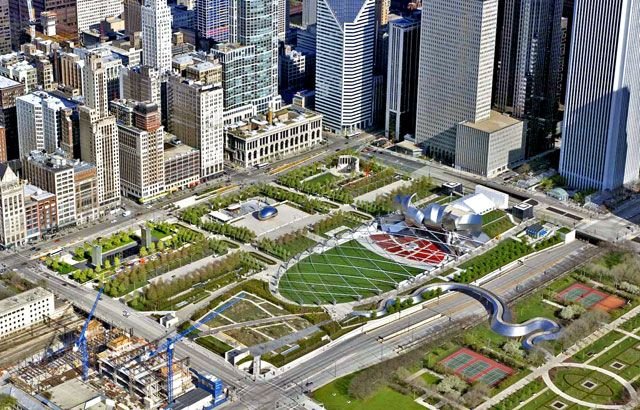
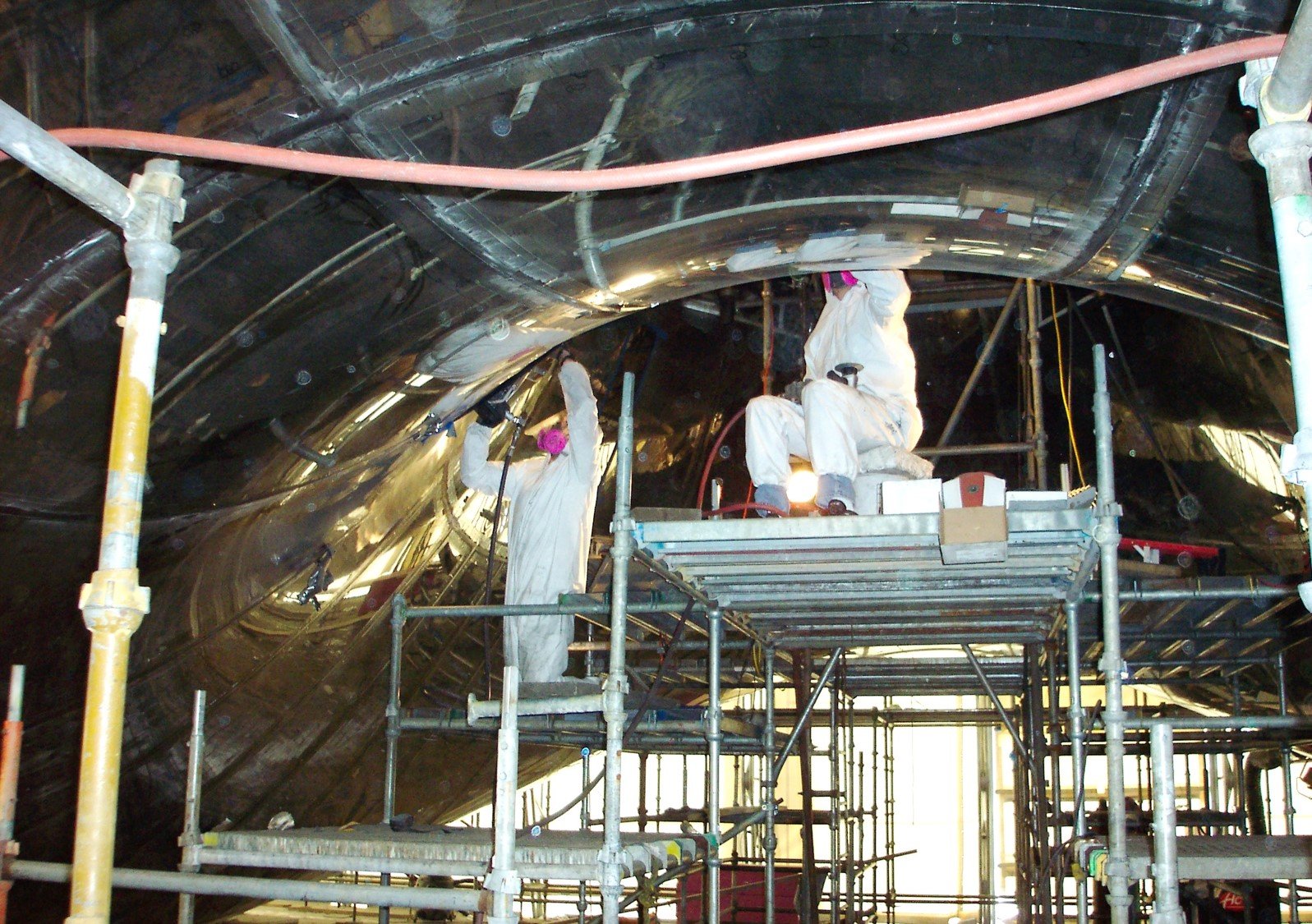
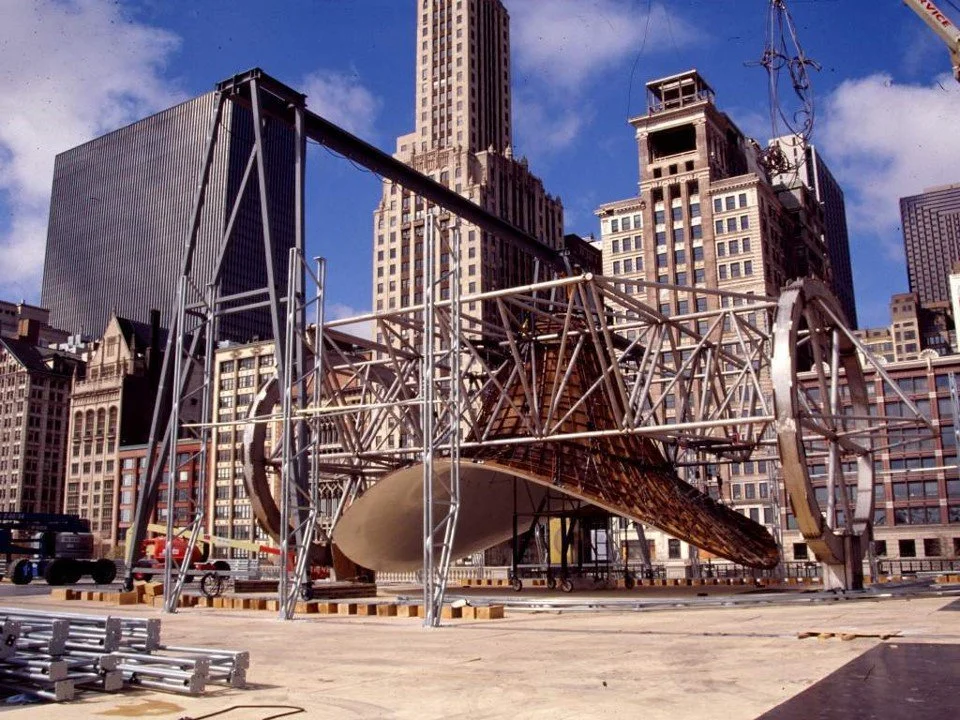
VIsit Chicago Public Library for more archival photos of Millennium Park.
Board of Directors, Staff, and Founders
Millennium Park Foundation is privileged to be governed and led by an active, engaged, and motivated Board of Directors and staff.
